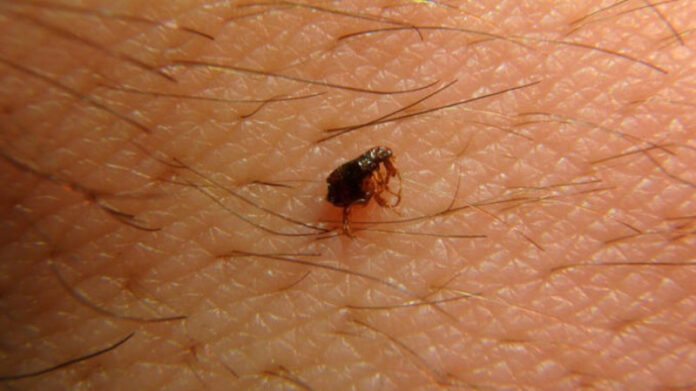Typhus is a group of bacterial infections caused by Rickettsia bacteria, primarily spread through the bites of lice, fleas, or mites. The three main types of typhus are:
- Epidemic typhus: Caused by Rickettsia prowazekii and transmitted by body lice. This type is often associated with crowded living conditions, especially during wars or natural disasters.
- Endemic (murine) typhus: Caused by Rickettsia typhi and spread by fleas from rats or other animals. It tends to occur in warm, coastal areas and is less severe than epidemic typhus.
- Scrub typhus: Caused by Orientia tsutsugamushi and transmitted by chigger mites, typically found in rural areas of Asia, Australia, and the Pacific.
Symptoms:
The symptoms vary depending on the type but generally include:
- High fever: One of the earliest and most common symptoms, lasting for several days.
- Headache: Often severe and persistent.
- Chills and body aches: Accompanied by muscle pain and weakness.
- Rash: Appears several days after the fever starts, often beginning on the trunk and spreading to the limbs. The rash may start as small red spots and become widespread.
- Nausea and vomiting: These gastrointestinal symptoms are common.
- Confusion, delirium, or coma: In severe cases, especially with epidemic typhus, neurological symptoms may occur.
- Fatigue: General weakness and lethargy are typical.
In severe cases, especially in older adults or those with weakened immune systems, it can lead to complications like organ failure, pneumonia, or death if untreated.
Causes:
It is caused by Rickettsia bacteria and transmitted primarily through ectoparasites such as lice, fleas, and mites. The mode of transmission depends on the type of typhus:
- Epidemic typhus: Spread by body lice, usually through contact with contaminated clothing or bedding in overcrowded, unhygienic conditions. Lice become infected after biting an infected person, and they then transmit the bacteria to others.
- Endemic typhus: Spread by fleas that infest rats, mice, or other small mammals. Humans become infected when bitten by fleas that have fed on infected animals.
- Scrub typhus: Transmitted by the bite of infected chigger mites, often in rural areas or regions with dense vegetation.
Treatment:
IT is treatable, and prompt antibiotic therapy is crucial to prevent complications. The most effective antibiotic for all types of typhus is doxycycline. The earlier the treatment begins, the better the outcome. In most cases:
- Doxycycline is administered orally and is highly effective in shortening the duration and severity of the illness.
- For those allergic to doxycycline or pregnant women, alternative antibiotics like azithromycin may be used, though doxycycline is generally preferred.
- Severe cases may require hospitalization, especially if complications such as pneumonia, organ failure, or neurological symptoms arise.
Prevention:
Preventing largely revolves around reducing exposure to the insects that carry the bacteria:
- Epidemic typhus prevention: Focuses on maintaining good hygiene and living conditions to prevent lice infestations. Regular bathing, laundering clothes and bedding, and treating infestations with appropriate insecticides can prevent the spread of body lice.
- Endemic typhus prevention: Controlling rodent populations and eliminating flea infestations in homes and surroundings is key. Use of flea control products on pets and proper sanitation can reduce the risk of exposure.
- Scrub typhus prevention: Avoiding areas with dense vegetation or tall grass where chigger mites thrive is important. When visiting such areas, wearing long sleeves and pants, applying insect repellent with DEET, and using mite-proof camping gear can help prevent bites.
- Personal protective measures: In areas with high risks of typhus, wearing insect repellents, sleeping under treated bed nets, and maintaining personal hygiene can reduce the risk of being bitten by lice, fleas, or mites.
In high-risk areas or during outbreaks, controlling the insect populations that spread typhus and improving sanitation are critical public health measures.
































